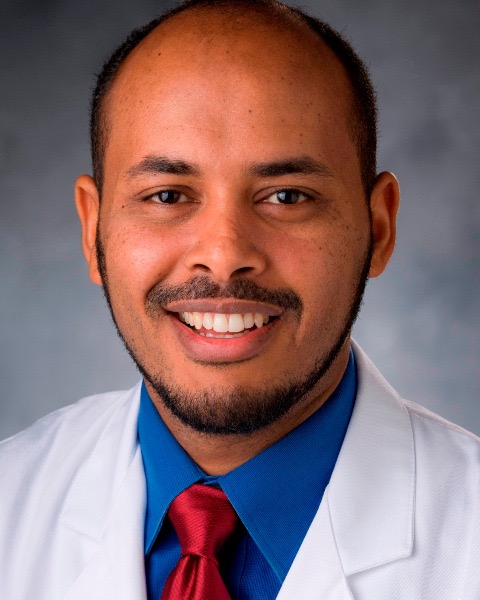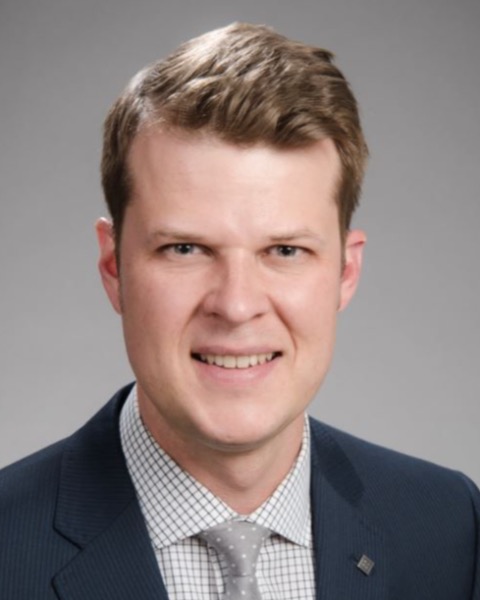Hepato-pancreato-biliary
E249: Estimating Care Fragmentation in Pancreatic Cancer
.jpg)
Jessica M. Dzubnar, MD (she/her/hers)
General Surgery Resident
UCSF East Bay, United States.jpg)
Jessica M. Dzubnar, MD (she/her/hers)
General Surgery Resident
UCSF East Bay, United States.jpg)
Jessica M. Dzubnar, MD (she/her/hers)
General Surgery Resident
UCSF East Bay, United States
Paul Wong, BS
Medical Student
University of California, San Francisco, United States
Hyunjee V. Kwak, MD
Post-doctoral Research Fellow
University of Pennsylvania, United States
Mohamed A. Adam, MD
Assistant Professor
University of California, San Francisco, United States
Ajay V. Maker, MD
Professor
University of California, San Francisco
San Francisco, California, United States
Lucas W. Thornblade, MD, MPH
Assistant Professor
University of California, San Francisco
Oakland, California, United States
ePoster Abstract Author(s)
Submitter(s)
Author(s)
Care fragmentation, a breakdown in communication and care coordination, may contribute to variability in cancer survival. Social determinants of health and disease biology are driving outcomes, but clearly there is variability in health system factors. No metrics currently exist for measuring or reporting fragmentation in gastrointestinal cancer. We sought to describe potential metrics in pancreatic cancer, a complex multidisciplinary disease.
Methods: We performed a retrospective cohort study of patients with pancreatic cancer in two hospital systems between Jan. 1, 2015 and Dec. 31, 2016. Patients were followed for up to 5 years. We examined time intervals between radiographic/pathologic diagnosis, treatment initiation, and palliative/hospice referral. A Cox proportional hazards model was used. This study was approved by the IRB.
Results: In 135 patients (mean 66 years, 50% women) with pancreatic adenocarcinoma, the 5-year recurrence free- and overall survival was 13% and 25%, respectively. Stratified by stage, non-metastatic patients with prolonged time from radiographic to pathologic diagnosis (longest quartile, >31 days) had decreased hazard of death (HR 0.34, p=0.01) compared with the shortest quartile (< 7 days). There were no differences in overall survival seen with prolonged time from diagnosis to chemotherapy (nonsurgical cohort) (longest quartile (>73 days) vs. shortest (< 34 days); p=0.29), or from diagnosis to first treatment (surgical cohort) (longest quartile (>68 days) vs. shortest (< 24 days); p=0.68). For stage IV patients, longer time to palliative ( >6 days)/hospice ( >10 days) referral was associated with improved survival compared with earlier referrals. Among surgical patients, care by >1 surgeon or >1 medical oncologist was associated with improved survival (HR 0.59, p=0.02). Treatment at a hospital other than where diagnosis occurred was associated a significantly lower hazard of death (HR 0.41, p=0.001).
Conclusions: Specialized and coordinated care is required to assure safe outcomes in pancreatic cancer. Estimating care fragmentation by diagnostic or treatment delays did not correlate with recurrence or survival. Furthermore, fragmentation estimated by exposure to multiple care teams or multiple health systems was associated with a significantly lower hazard of death. While elsewhere fragmentation is an indicator of dysfunctional care, in pancreatic cancer, delays and interaction with multiple providers and systems may actually represent skilled therapy and appropriate referral to highest levels of care. Identifying an appropriate metric for care complexity will aid in elucidation of these factors.
Learning Objectives:
- Understand fragmentation of care.
- Describe the challenges of accurately measuring fragmentation of care.
- Discuss the complexity of factors contributing to outcomes in pancreatic cancer.
